The Origin of the Manor in the Village of Rosa in Ethiopia Gesha Rose Summer\ does Geisha really originate in the Village of Rose Xia
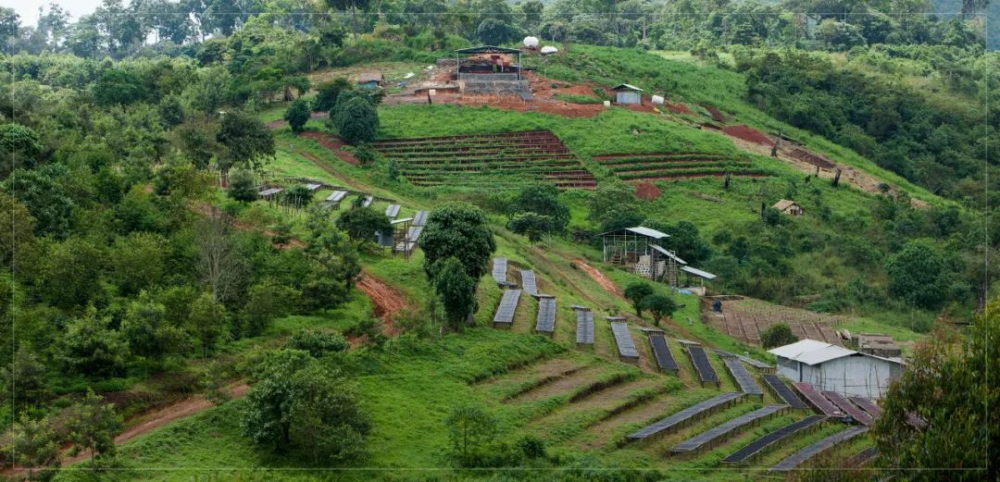
The Origin and Development of the Manor in Guoxia Village
The owner of Gesha Village is Adam Overton, an out-and-out American who was not a coffee shop owner but a documentary filmmaker. His wife, Rachel Samuel, is Ethiopian and a photographer. The two were commissioned to shoot a documentary about coffee in Ethiopia in 2007, and their dream of building their own estate sprouted as they became more and more in touch with Ethiopian land and people.
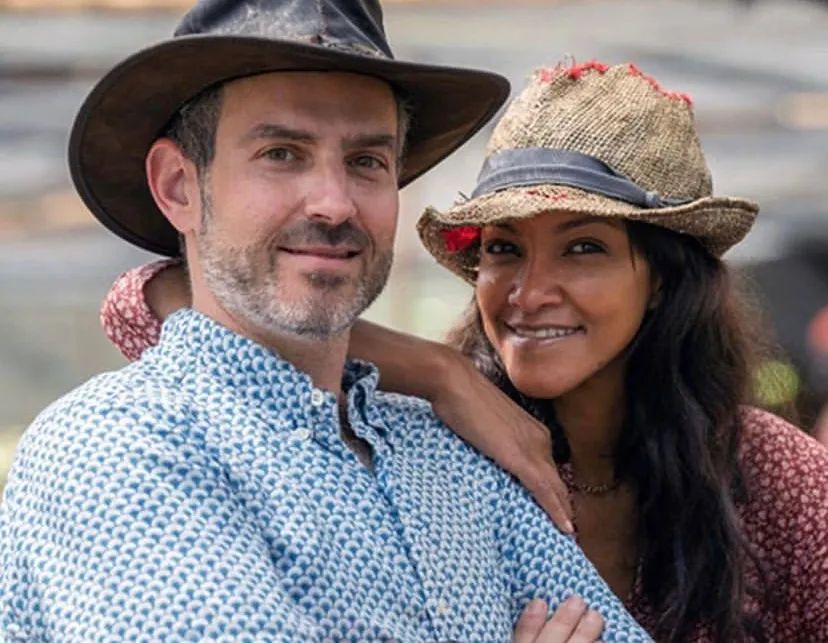
In 2009, they met Willem Boot. Willem Boot, a Dutchman who runs a coffee shop in his family, emigrated to the United States and worked for Porbat, a bean baking company. In 2004, he served as a judge of BOP, and it was the first time that the Geisha variety appeared on the field. After taking a sip, he felt amazing and delicious. So in 2006, he bought La Mula, then an obscure small estate, and planted 6000 Geisha plants.
In the 2014 BOP competition, Donkey Manor entered the competition for the first time, winning the championship and 11th place in the Sunshine Rose Summer Group. Other famous estates, such as Jade, Kotowa, Elida and so on, were defeated by the 8-year-old manor. What Willem Boot hopes to do most is to go back to Ethiopia and find the land where Geisha was born.
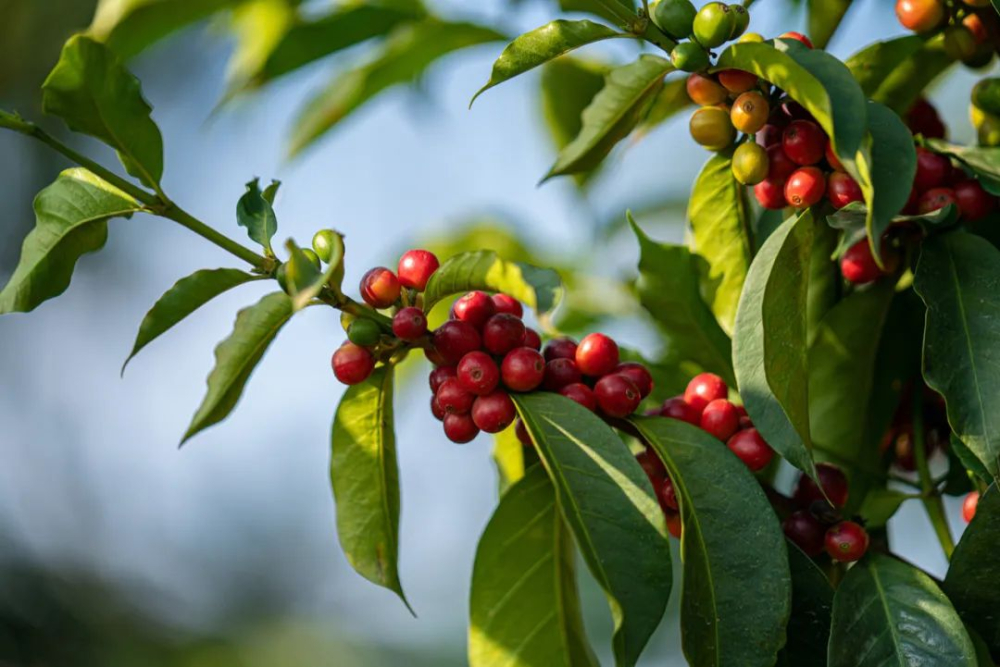
In 1931, the coffee variety Geisha was found in a forest called Geisha Mountain in Ethiopia. Later, Don Pachi brought it back to Costa Rica for planting and transferred it to other estates. At the beginning, the yield was very low, but the ability to resist mold was very strong and the trees were very high, so it was planted on the edge of many manors as a windbreak. Until 2004, the Emerald Manor made her independent, put her on the field and became famous in the first World War.
After meeting Willem Boot, the Adam couple deepened their idea of building a Geisha estate in Ethiopia. So they flew to Addis Ababa, the capital of Ethiopia. At first they hoped to build the manor relatively close to the capital. But given the microclimate, soil and other natural environment they observed in Panama, they ended up in the Banchimaji region (Bench-Maji), southwest of Ethiopia, near South Sudan. There are many places in that area called Geisha Village, and it is also the area where the original Geisha is most likely to be found. So they decided to set up their manor here and call it "Gesha Village Coffee Estate".
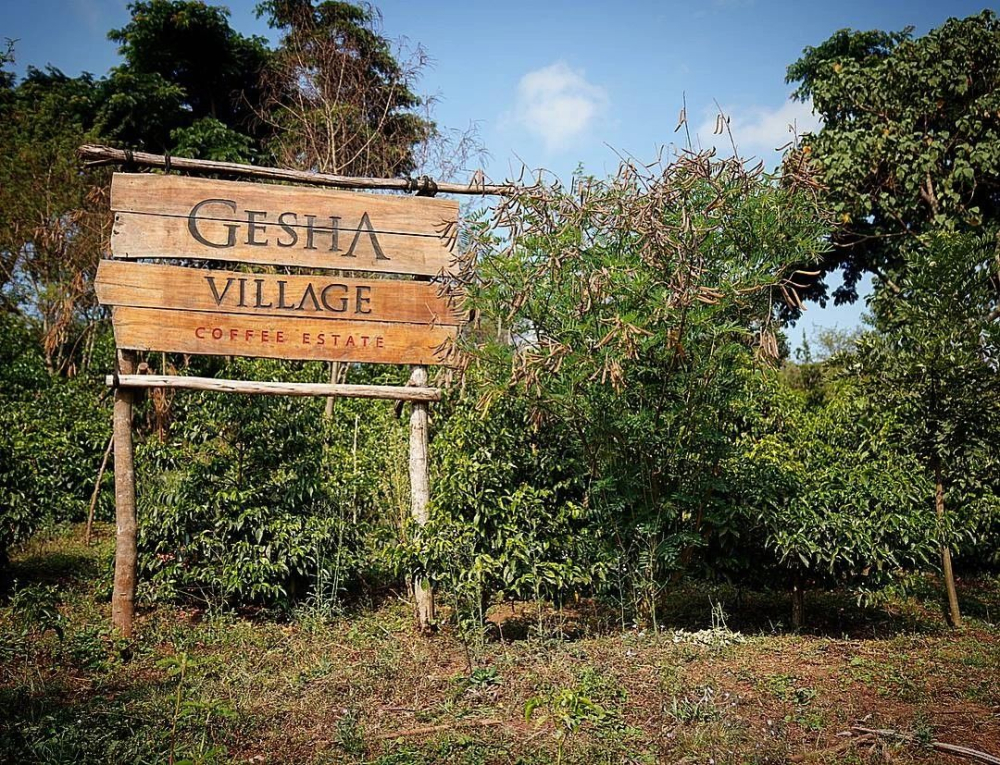
In 2011, Willem Boot came to the groundbreaking ceremony of the manor and served as a consultant to the manor. Miraculously, not far from the manor, a primeval forest, known locally as Gori Geisha, discovered a native species of coffee that is very similar to La Mula manor. The whole forest is filled with the aroma of coffee flowers. They deeply believe that this is the place where Geisha was found, and this variety is the original species. Later breed identification also confirmed this idea. So the estate grows two types of Geisha, one of which is Gori Geisha in the forest, and the other is the 1931 species of Geisha that were first discovered.
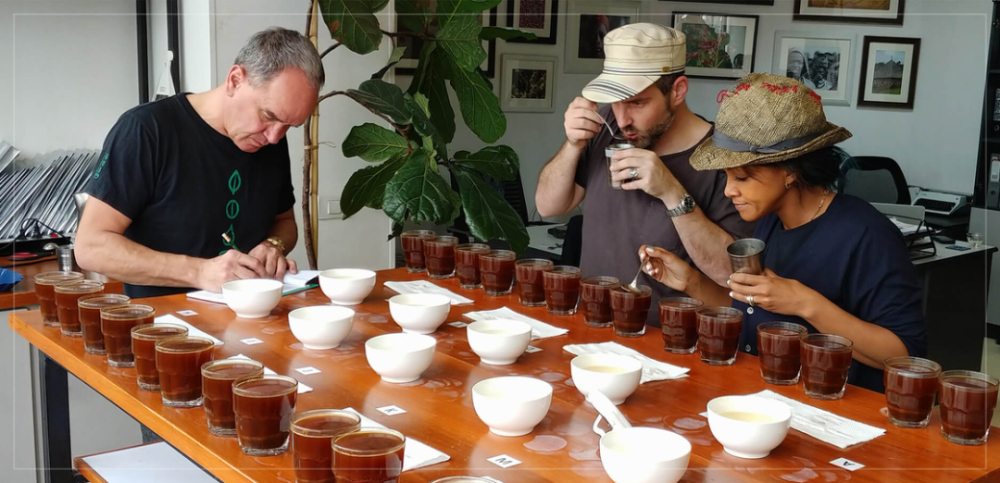
Only a few estates in the world can hold their own bids, such as Emerald in Panama, Incht in Guatemala, Daterra in Brazil, Mierisch in Nicaragua, and Rosa Village in Ethiopia. Gesha Village Coffee Estate is completely different from most Ethiopian farms in that it is not a small farm, but a 500-hectare farm with its own washing plant and laboratory, located in the southwest near the border with Sudan, and the most special is that the whole farm only grows Rosa varieties, not Ethiopian native species that generally cannot be determined. Rosa Village divides the farm into eight blocks. The three main Rosa varieties, whose seeds are collected from nearby forests, are not from Panama.
The Grade Division of Rose Xia Village
Through the plot division of the manor owner, we can see that the western planting altitude of the Rose Xia Village Manor is on the high side, especially in the OMA, SURMA and SHEWA-JIBABU plots, which are between 1900 and 2069 meters above sea level, of which SHEWA-JIBABU has the highest average elevation. The shading ratio in the south of the manor is relatively higher, and the sun exposure in the north is longer. Among the eight plots of the manor, Adam selects the most suitable variety for each plot according to the microclimate differences such as elevation, soil conditions and shading conditions, to ensure that each plot can form different flavor characteristics.
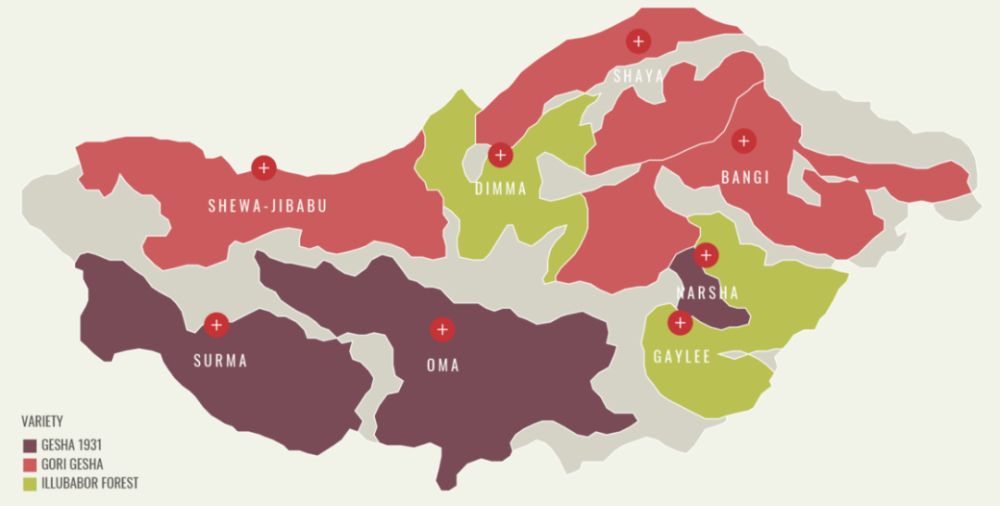
Qianjie needs to remind you that the rose summer planted in the Ethiopian village of Rosa is not a famous variety in Panama. There are three Rosa varieties in Rosa Village: Gori Gesha, Rosa 1931 and IIIubabor Forest. Gori Rosa and Rosa 1931 is related to the Panamanian Rosa variety, but it is still not the same variety. The characteristics of Rosa 1931 are very similar to those of Panamanian Rosa, while Yilu Babo is a disease-resistant variety provided by Ethiopian Research Institute.
In order to ensure the quality of Rosa coffee produced by Rose Village Manor, Adam established a strict grading system, dividing Rosa into different grades, including competitive bidding, gold bid, red bid, green bid and CHAKA.

Bidding in Ruoxia Village
The bidding lot of Ruoxia Village is the top lot, which can only be obtained through the buyer's auction. Ruoxia Village bids that the output of Rose Summer accounts for only 3.7% of the annual output, and this batch of Rose Summer Coffee will go through multiple strict screening.
Gold bid of Rose Xia Village
The golden standard of Rose Xia Village is a batch often purchased by competitors and bakers from all over the world who have high requirements for quality. it accounts for about 10% of the annual output of the manor and has detailed traceability information.
. The gold standard batch of Rose Summer purchased in Qianjie can taste the complex and rich flavor, and you can feel the charm of this batch of Rose Summer Coffee during the cup test, regardless of the unique dry fragrance, or sipping flavor and aftertaste.
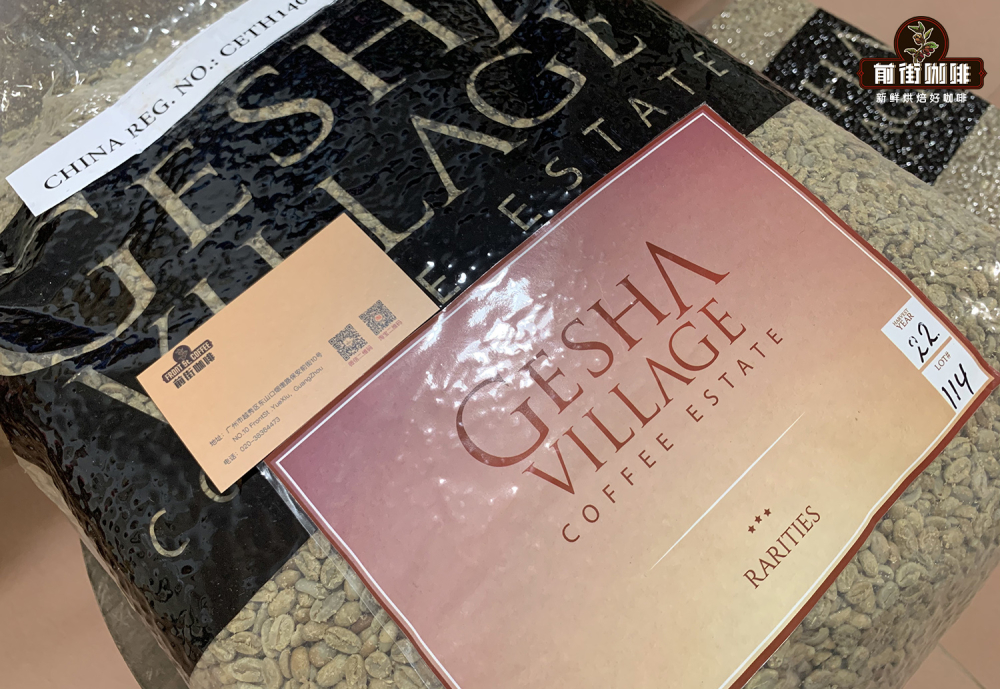
Qianjie Coffee Rose Summer of the Manor of Rose Summer Village, Ethiopia
Producing area: producing area of Banchi Magi, Ethiopia
Manor: Guoxia Village Manor Oma plot
Altitude: 1900-2040 m
Variety: Rosa 1931
Treatment method: sun treatment
Flavor: citrus berry cream caramel honeydew melon honey
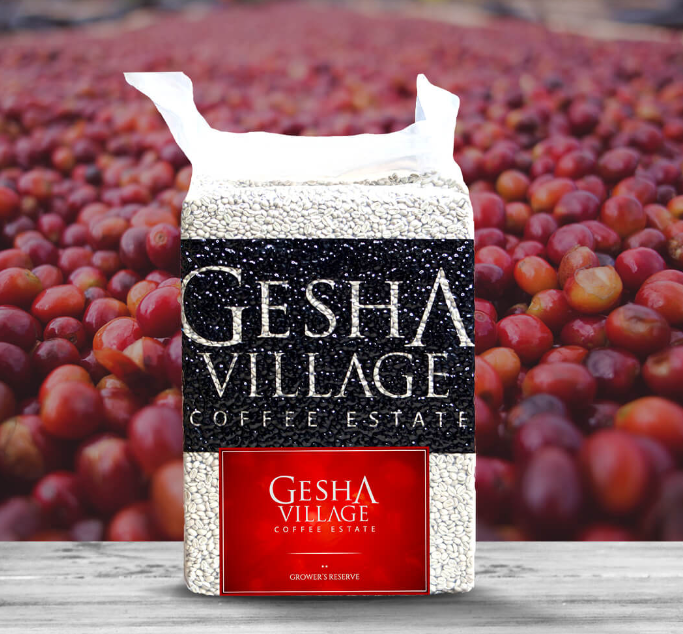
Red sign of Rose Xia Village
Ruoxia Village Red Standard also has complete traceability information, accounting for 15% of the total annual output, according to the SCA standard cup test score of more than 88 points of high-quality Rosa coffee. Although the intensity and complexity of flavor are not as strong and complex as gold bids and competitive bidding batches, Red Standard has a very classic Rosa Village flavor. Qianjie believes that this is a Rosa batch with a very high performance-to-price ratio, which is worth starting with.

Qianjie Coffee Rose Summer Manor, Rose Summer Village, Ethiopia
Producing area: producing area of Banchi Magi, Ethiopia
Manor: Guoxia Village Manor Shewa-Jibabu plot
Altitude: 1973-2069 m
Variety: Gori Rosa
Treatment method: sun treatment
Flavor: lemon plum, citrus tropical fruit scented tea
Green sign of Rose Xia Village
The green label batch of Ruoxia Village refers to a single plot and a single variety of batches. The green label batch provides complete traceability information of each batch number, including the name of the farm plot, the variety of coffee and the processing date. Compared with the red standard and gold standard batch, the green standard will not do the requirement of cup test score, so it can be said to be an entry-level single plot Rose Summer batch.
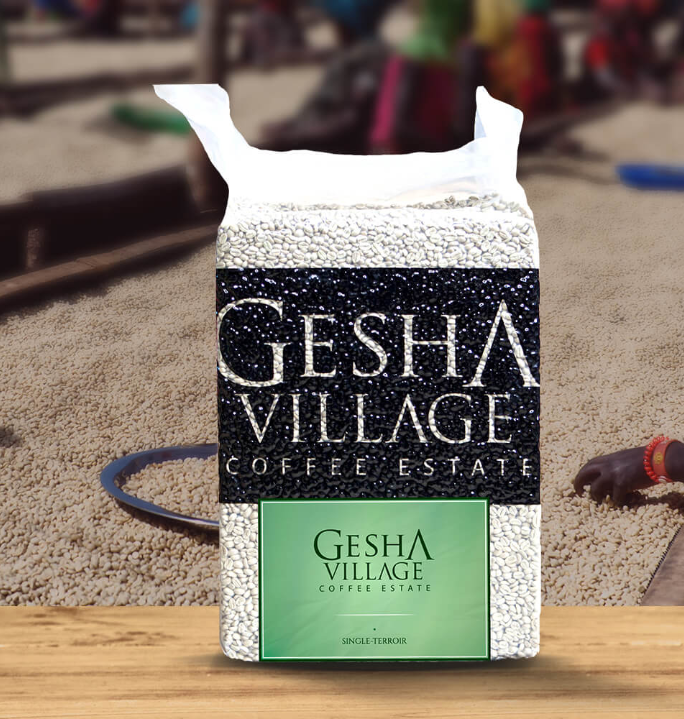
Qianjie Coffee Ethiopia Rosa Village Manor Green label Rose Summer production area: Ethiopia Banchi Magi production area Manor: Rosa Village Manor Bangi plot elevation: 1911-2001 m Variety: Gori Rose Summer treatment: solarization treatment
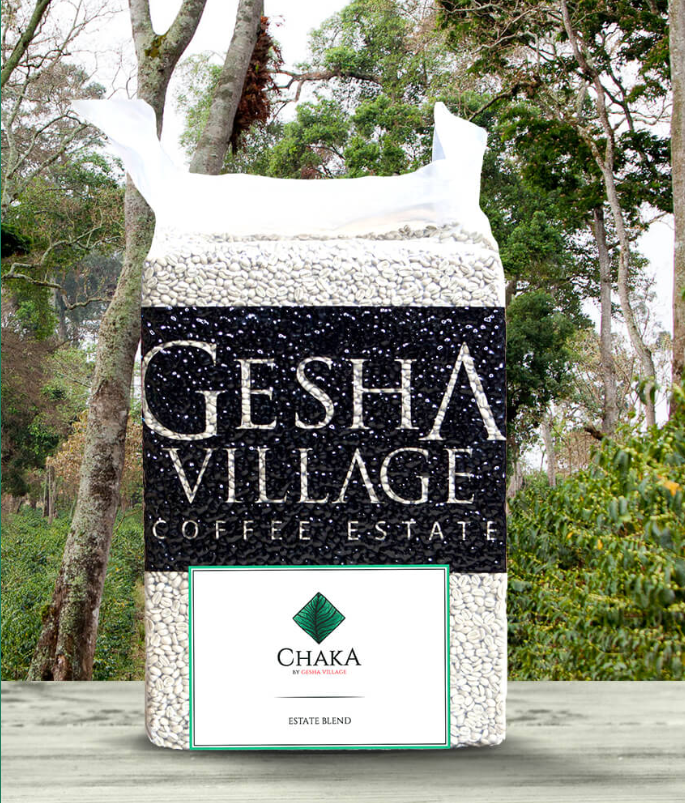
Chaka CHAKA, Guoxia Village
Unlike other batches of Rosa Village Manor, CHAKA mixes all the plots on the estate and year-round production season of Rose Summer Coffee beans, including three Rosa varieties grown in Rosa Village: Rosa 1931, Gori Rose and Illubabor. This coffee bean has two natural treatments: washing and tanning, and the front street starts with batches of sun treatment.
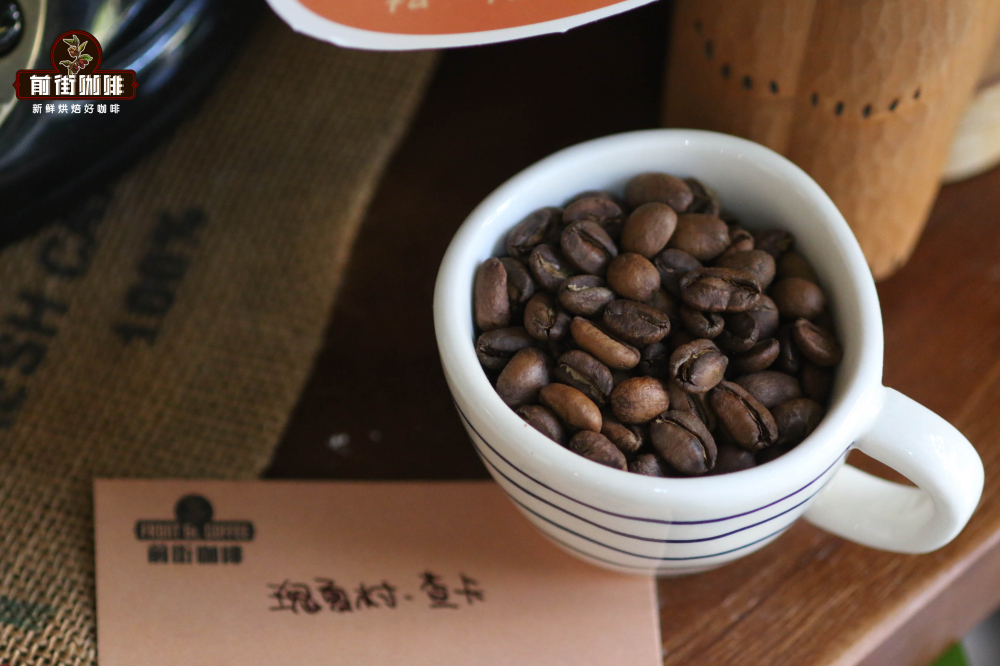
First remove impurities and fruit by flotation, and then cover the sun with thin layer and plastic sheet in the African viaduct. The drying process needs to be flipped regularly, and uneven particles of color will be picked out by hand. The total drying time is 18-30 days. In order to retain more sour fruit, Qianjie chooses medium and shallow baking. Through the cup test, Qianjie felt that the CHAKA of Rosa Village showed the flavor of flowers, citrus, berries, cream, oolong tea and sugar.
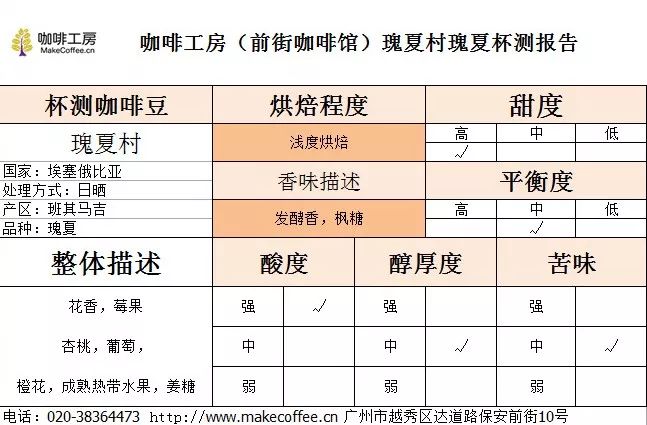
Raw bean analysis
The size of raw beans is smaller than that of Panama, and the raw beans of water-washed rose summer coffee have a very beautiful blue-green color, with a beautiful green yellowish belt and a warm jade texture. It smells of fresh grass, peach, berry and the unique milky sweetness of oolong tea that most coffee beans do not have. It seems that aroma and taste of this kind of things need to be associated with each other. But the faint smell of tea is something we can obviously feel.
Cup test:
Dry aroma, apricot, wet aroma with sweet orange juice, jasmine, sweet peach, wine, pineapple, bright and rich, sipped for citrus, tropical fruit, ripe fruit, berry, citrus, light fermented wine, clear and bright acid value, smooth texture, grape, maple syrup, wild ginger, delicate acidity, clean and balanced taste, long and lively finish.
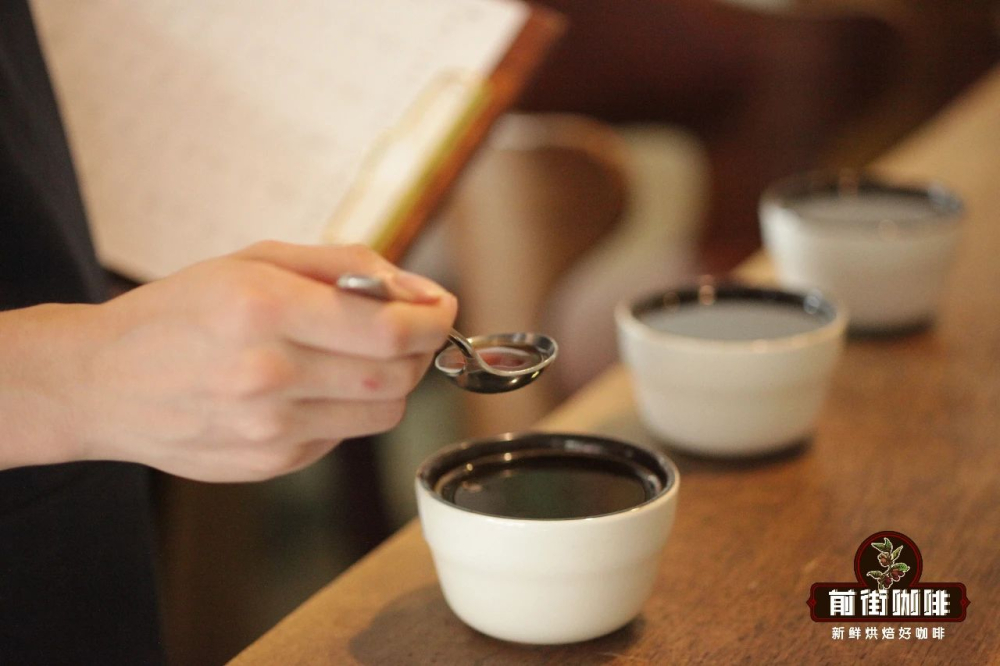
Recommended for cooking:
Qianjie believes that Rosa Coffee with rich and diverse fruit flavor is the most suitable for hand-made form of extraction to feel the aroma of coffee extraction. Preparation before brewing is very important, since it is high-quality coffee beans, if you want to taste the complete aroma of coffee, Qianjie recommends choosing freshly roasted coffee beans. Because all coffee will have the best flavor period, usually 7-30 days after baking, only at this time do not waste these good coffee. The coffee beans shipped on Qianjie are all baked within 5 days, which ensures that the coffee beans received after placing an order are the freshest, which is just in the best taste period.
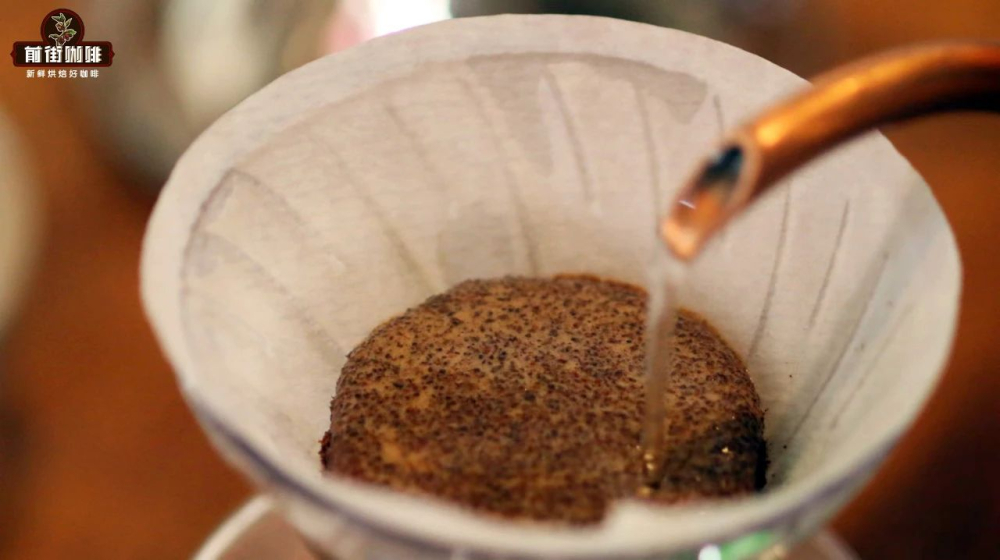
The flavor of Rosa Coffee is famous for its rich floral aromas and complex fruit flavors. Qianjie roasters want to retain more high quality acidity, so they choose medium-to-light roasting (slight adjustments will be made in different batches). This baking degree does not change the high hardness of beans at high altitude, so it is necessary to improve the extraction rate in cooking to show a fuller flavor level. Higher water temperature and finer grinding will be used here to stimulate more aromatic substances, and Qianjie hopes that the flavor of Rose Summer Coffee will be clearer, so it will increase the proportion of powder to water at 1:16.
In order to improve the extraction rate of Rosa coffee and avoid over-extraction while highlighting the sweet and sour flavor, Qianjie baristas will use V60 filter cups. The body of the V60 filter cup has a diversion rib connecting the top and bottom and a large round hole in the center to accelerate the falling speed of the water flow, while the spirally shaped exhaust trough is designed to lengthen the flow path and increase the contact time of coffee powder and hot water. Each flow of water converges along the groove to the center of the filter cup, the pressure on the coffee powder is concentrated, and the extracted coffee is more layered.
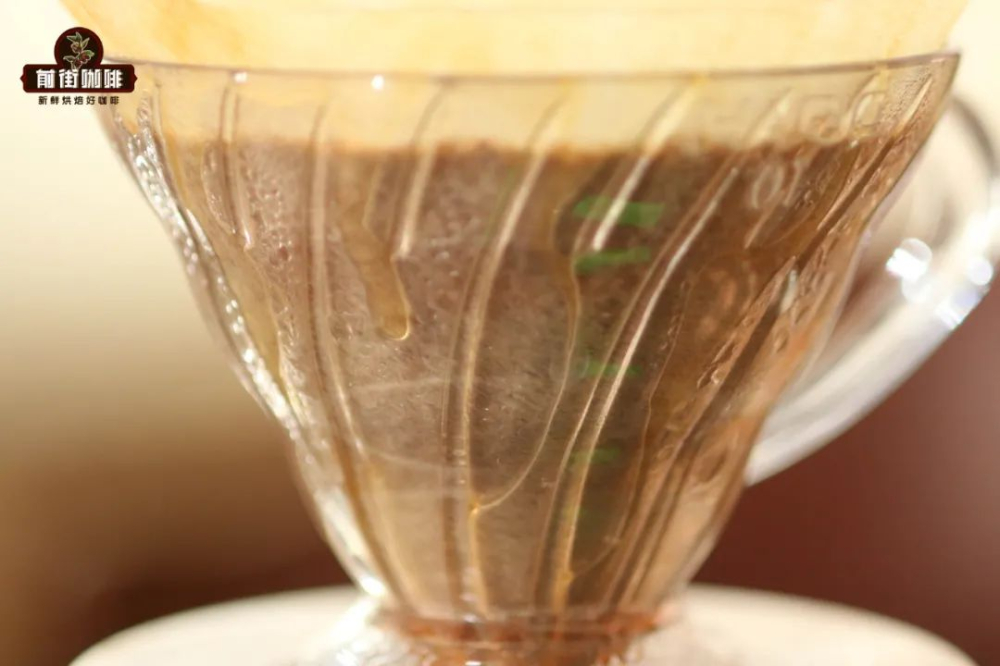
Filter cup: V60 water temperature: 91-92 ℃ powder quantity: 15g powder water ratio: 1:15 Grinding degree: fine sugar size (No. 20 sieve bowl sieve powder to 80%)
Three-stage extraction: the first stage is steamed with 30g water for 30 seconds, evenly injected around the circle to form a drum, the second stage is injected with 95g hot water, the powder layer is reduced to half, and the third stage 100g is injected until all the coffee is filtered. Pay attention to the center point to start water injection, the whole process of small flow soft circle, to avoid uneven extraction.
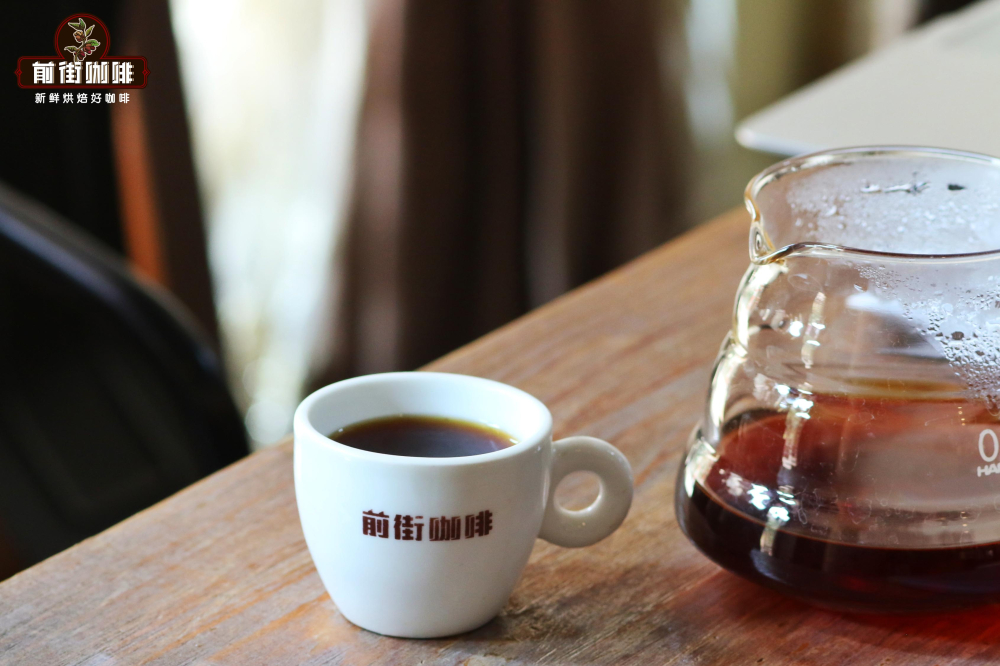
The Gori Rose Summer in the Red Standard of Rose Summer Village tastes like tropical fruit, bergamot and lemon, sweet cream and mixed with fermented flavor, the temperature is slightly cool, and the fragrance of jasmine slowly unfolds.
Professional coffee knowledge exchange more coffee bean information please follow the coffee workshop (Wechat official account cafe_style)
For more boutique coffee beans, please add private Qianjie coffee on Wechat. WeChat account: qjcoffeex
Important Notice :
前街咖啡 FrontStreet Coffee has moved to new addredd:
FrontStreet Coffee Address: 315,Donghua East Road,GuangZhou
Tel:020 38364473
- Prev
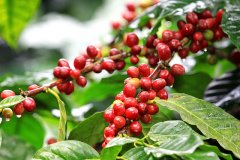
Introduction to the Origin and Development of the producing area of Gujisha Qiso in Ethiopia and the Information data of Gikesa processing Plant
For the exchange of professional baristas, please follow the origin and development of the coffee workshop (Wechat official account cafe_style) Guji Shakisso Gujishajiso: the original text of Dasaya in Ethiopia is Dawala Samayawi, which means purple wind chimes. As we introduced a long time ago, the word Sidama is now a thing of the past, and now the raw bean merchant is beginning to do so.
- Next
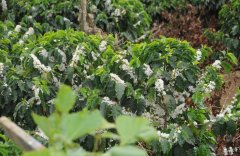
The Origin and Development of Yejashefi Coffee Peasant Union (YCFCU) and Hofsha Cooperative treatment Plant
For the exchange of professional baristas, please follow the Coffee Workshop (Wechat official account cafe_style) Hofsha Harfusa Cooperative processing Plant Information introduction Hofsha was originally a village name in the town of Ethiopia. Hofsa Cooperative was established as early as 1975 and can be said to be the vanguard of the first wave of cooperative movement in Ethiopia. There are currently about 843 members. On average, small farmers
Related
- Detailed explanation of Jadeite planting Land in Panamanian Jadeite Manor introduction to the grading system of Jadeite competitive bidding, Red bid, Green bid and Rose Summer
- Story of Coffee planting in Brenka region of Costa Rica Stonehenge Manor anaerobic heavy honey treatment of flavor mouth
- What's on the barrel of Blue Mountain Coffee beans?
- Can American coffee also pull flowers? How to use hot American style to pull out a good-looking pattern?
- Can you make a cold extract with coffee beans? What is the right proportion for cold-extracted coffee formula?
- Indonesian PWN Gold Mandrine Coffee Origin Features Flavor How to Chong? Mandolin coffee is American.
- A brief introduction to the flavor characteristics of Brazilian yellow bourbon coffee beans
- What is the effect of different water quality on the flavor of cold-extracted coffee? What kind of water is best for brewing coffee?
- Why do you think of Rose Summer whenever you mention Panamanian coffee?
- Introduction to the characteristics of authentic blue mountain coffee bean producing areas? What is the CIB Coffee Authority in Jamaica?

